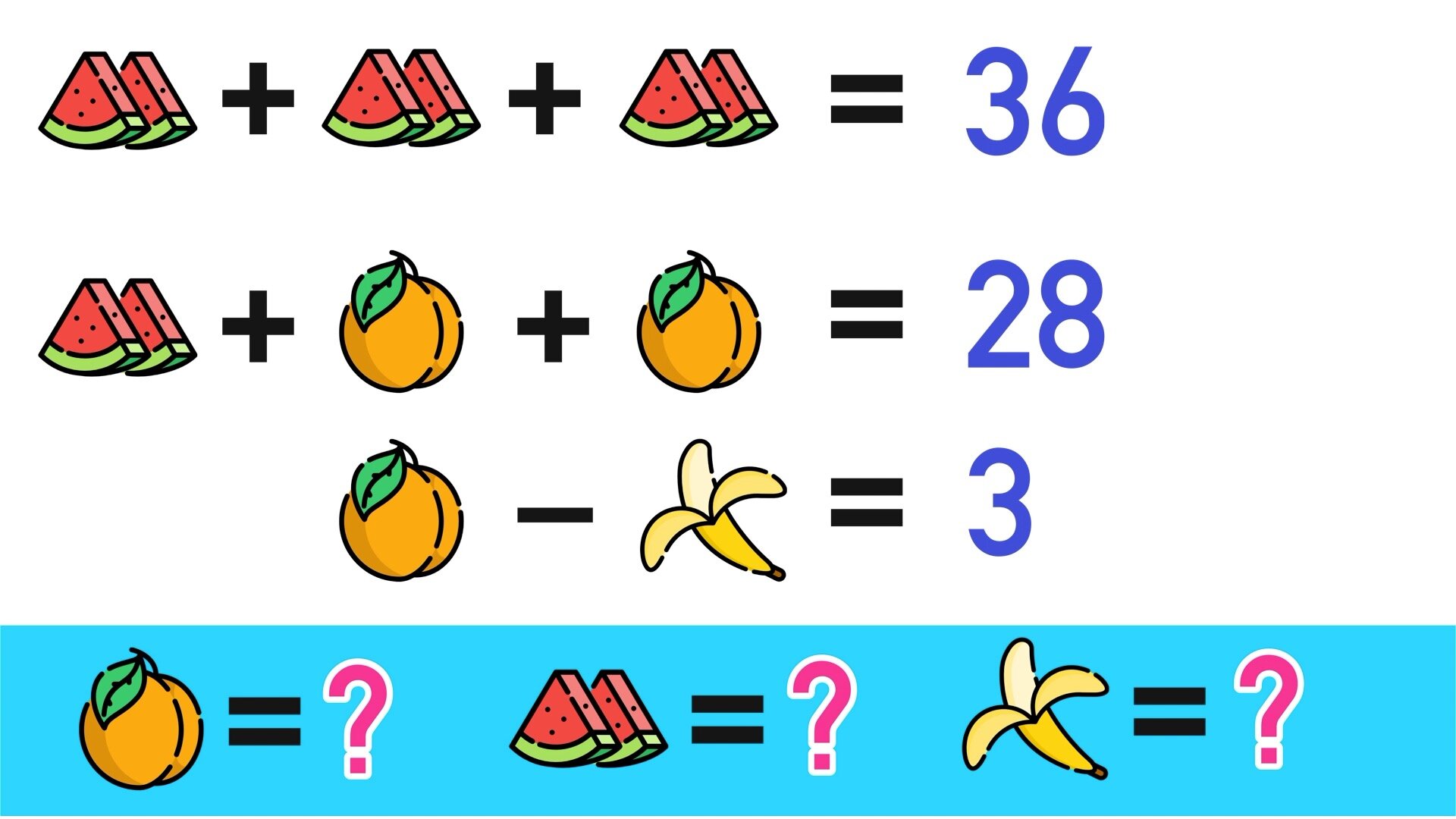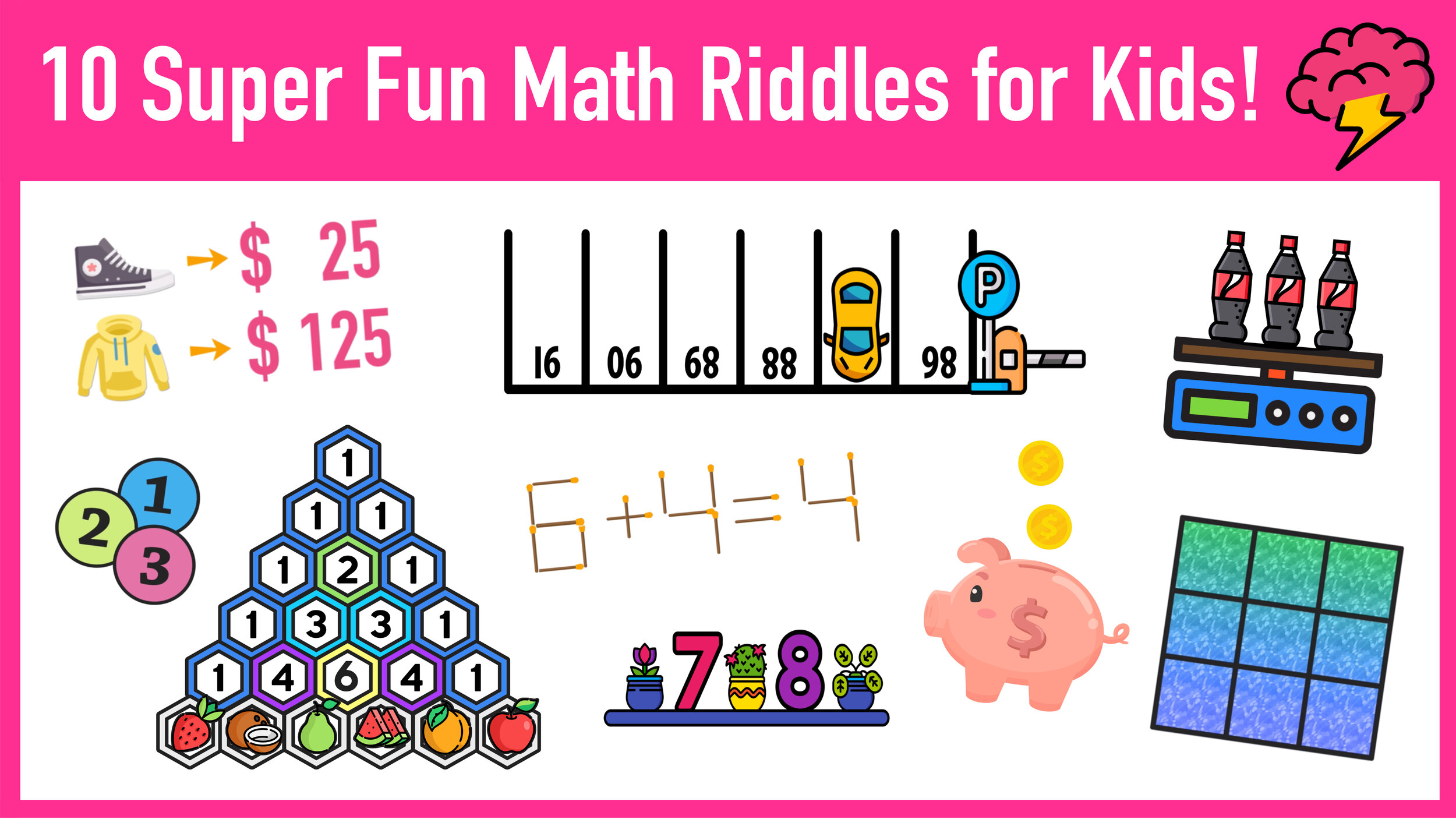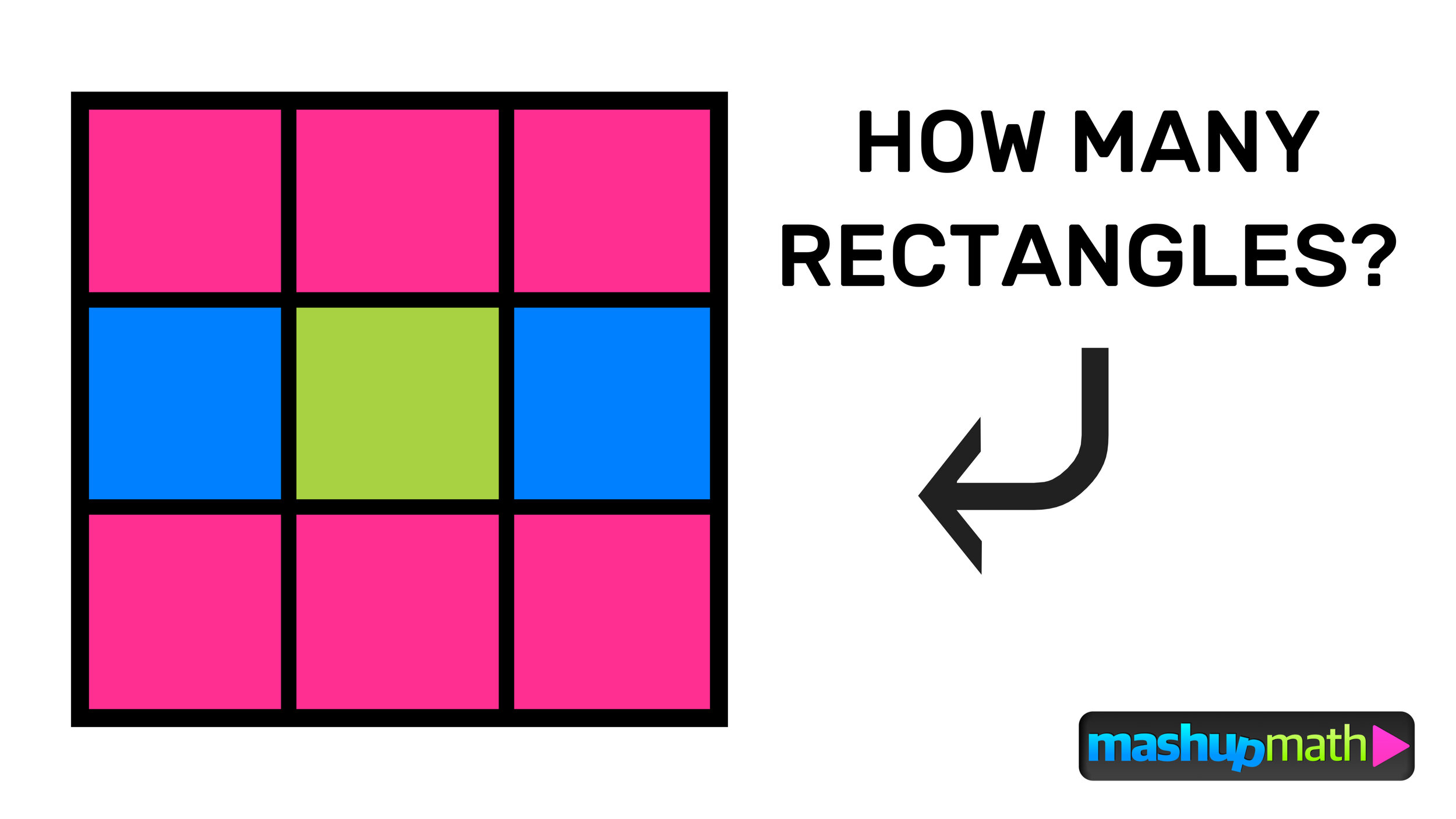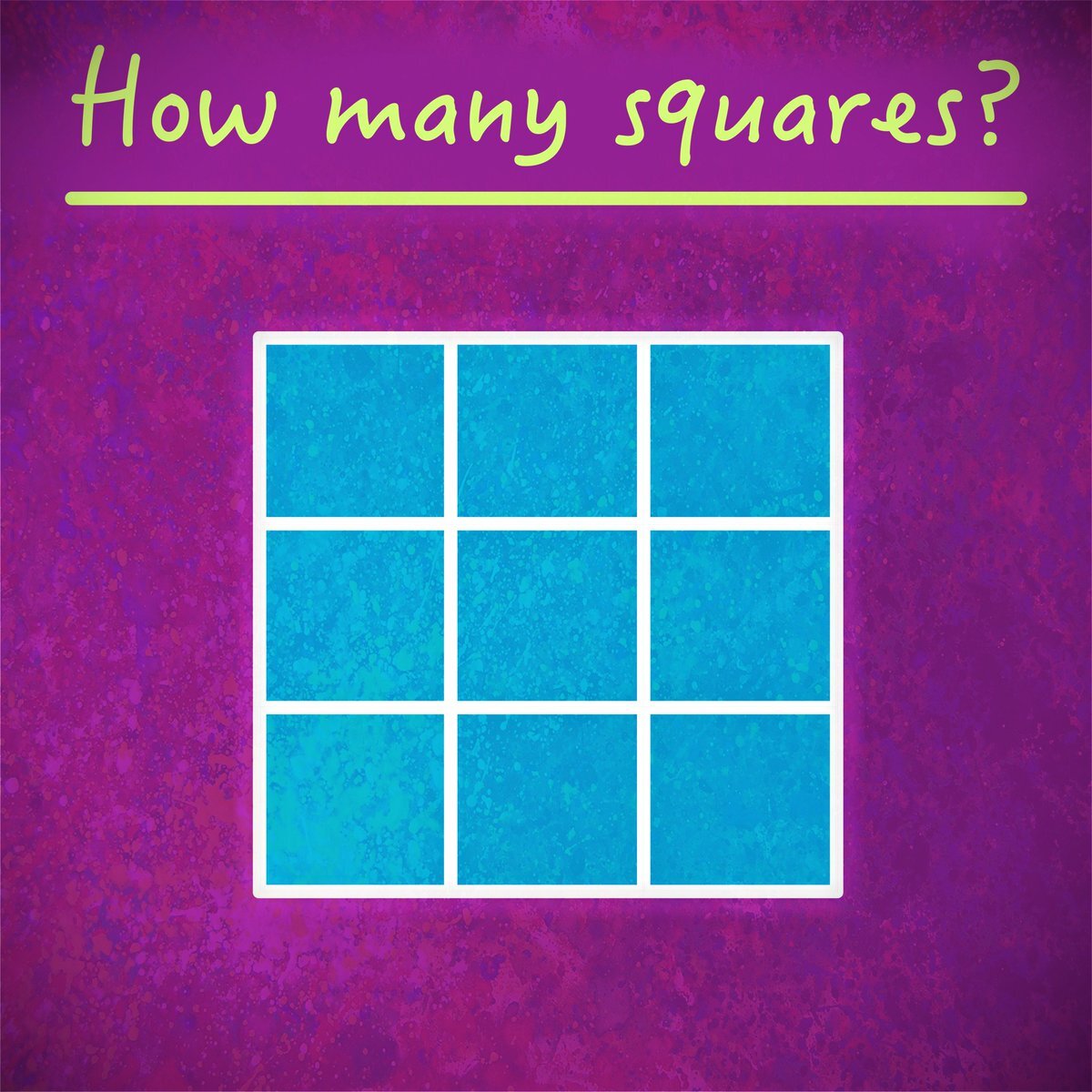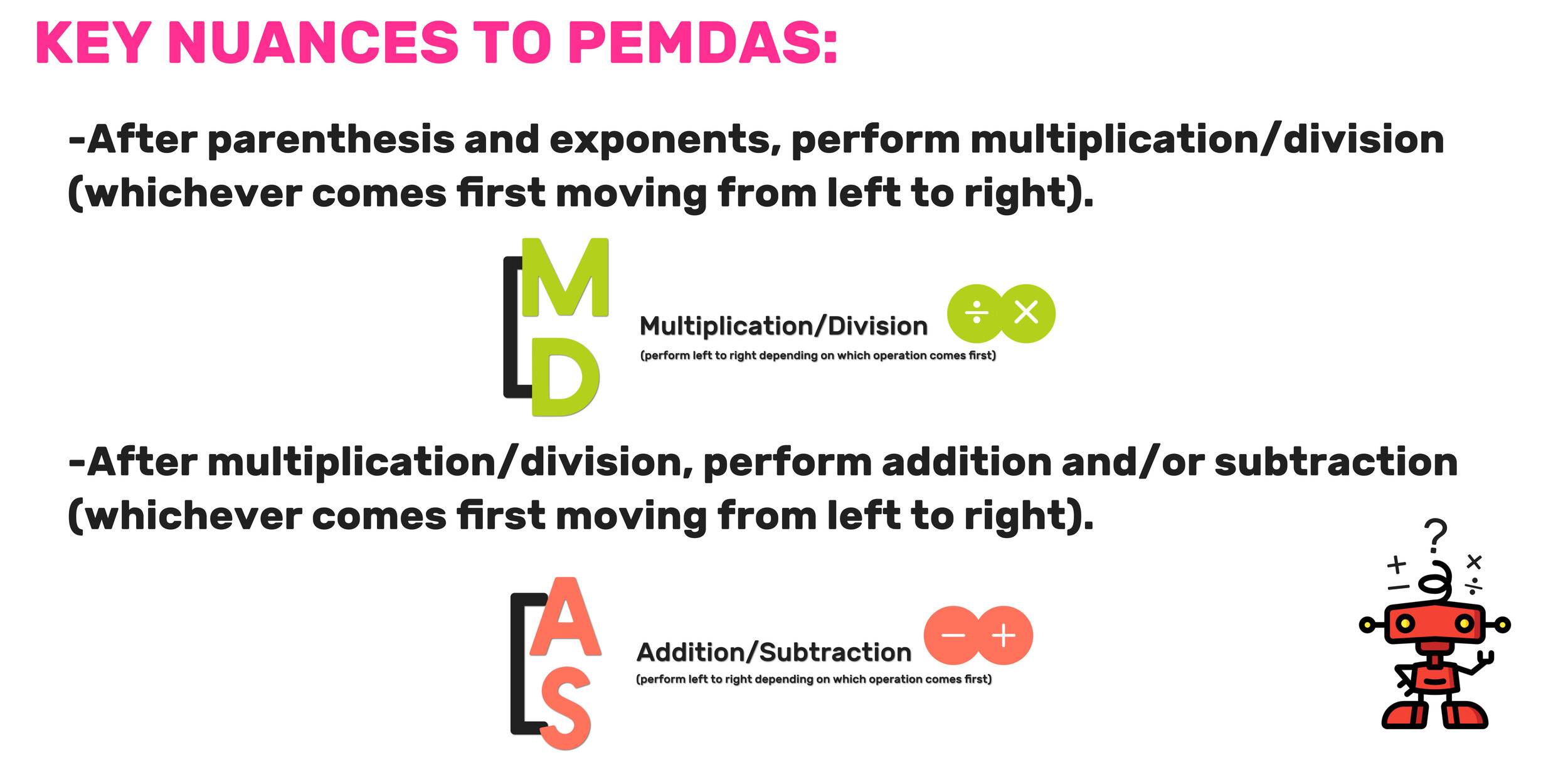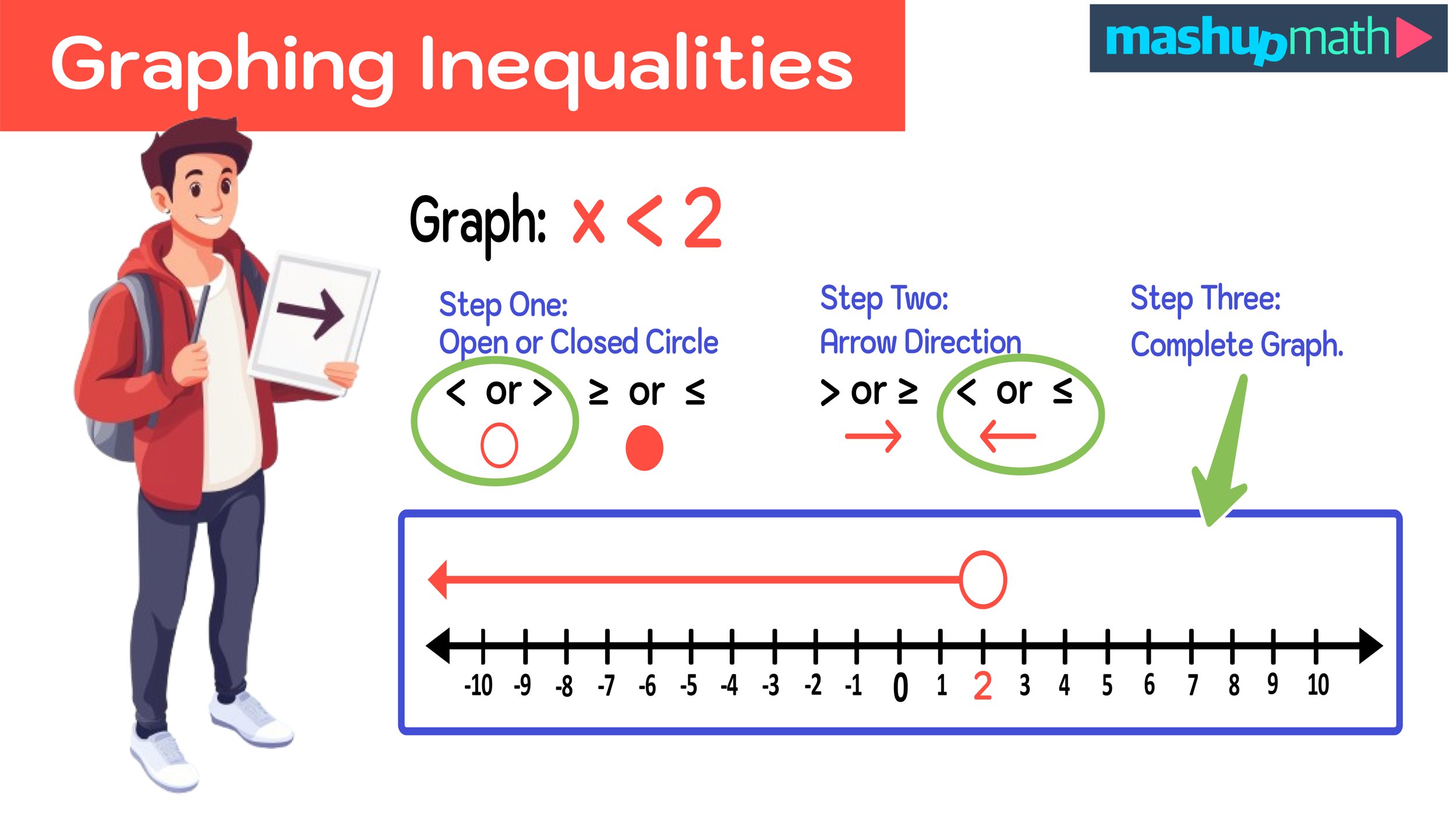Hard Math Problems for 6th Graders
Can Your 6th Graders Solve the Pumpkins and Watermelons Problem?
Hard Math Problems for 6th Graders: The Pumpkin and Watermelon Problem
Looking for more fun math riddles and brain teasers to share with your 6th graders? If so, then you will love today’s hard math problem, which is quite the brain bender.
Here is the problem, which involves figuring out the weights of pumpkins and watermelons:
Three pumpkins and two watermelons weigh 27.5 pounds. Four pumpkins and three watermelons weigh 37.5 pounds. Each pumpkin weighs the same as the other pumpkins. Each watermelon weighs the same as the other watermelons. How much does each pumpkin weigh? How much does each watermelon weigh?
Before we dive into solving this math problem, let’s talk about why these types of multi-step problems are considered hard math problems for 6th graders in the first place.
This math problem is not the typical type of problem that a 6th grade student will encounter, as the answer cannot be found in a direct or linear way. Also, the problem requires students to work with two different variables—pumpkins and watermelons, which is a much more challenging algebraic task than they may be used to.
However, this problem is appropriately challenging for 6th graders and they have the prerequisite skills to solve this problem using a variety of possible strategies. Once your 6th graders have found the relationship and the difference between the quantities, they can choose a strategy that they are comfortable with to determine the individual weight of a pumpkin and of a watermelon.
If you want to try to solve the problem for yourself, now would be the time to pause and try and solve it on your before continuing on to the answer.
Solution: How Much Does Each Item Weigh?
While there are many ways to solve this problem, we will offer one possible solution, which utilizes tape diagrams to help students visualize a very key piece of information—that the difference between the two statements:
Three pumpkins and two watermelons weigh 27.5 pounds; and
Four pumpkins and three watermelons weigh 37.5 pounds
—is that the combination of one pumpkin and one watermelon is equal to 10 pounds.
Once students figure this out, they can use this fact to isolate P in the 27.5 lb group and determine that the weight of one pumpkin is 7.5 pounds. They can then repeat this process again using the 27.5 lb group to determine that the weight of one watermelon is 2.5 pounds, as shown in the figure below.
Hard Math Problems for 6th Graders
Final Answer…
One pumpkin weighs 7.5 pounds and one watermelon weighs 2.5 pounds.
How did you and your students do with this problem? It surely was not easy, and it required your 6th graders to make sense of a complex problem that required multiple steps and some creative problem-solving techniques to get through.
Are you looking for more fun and challenging math activities, puzzles, and brain teasers to share with your 6th grade students? Check out our free math worksheet and activity libraries.
Do YOU Want More Fun Math Riddles, Puzzles, and Brain Teasers?
Wasn’t that fun? If you want to take on more brain-bending math puzzles to sharpen your mind and improve your problem-solving skills, check out the links below:











